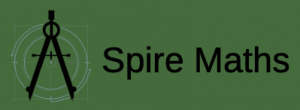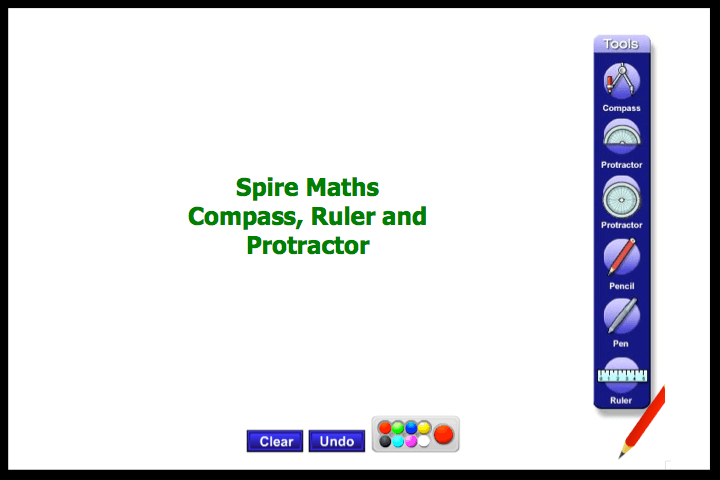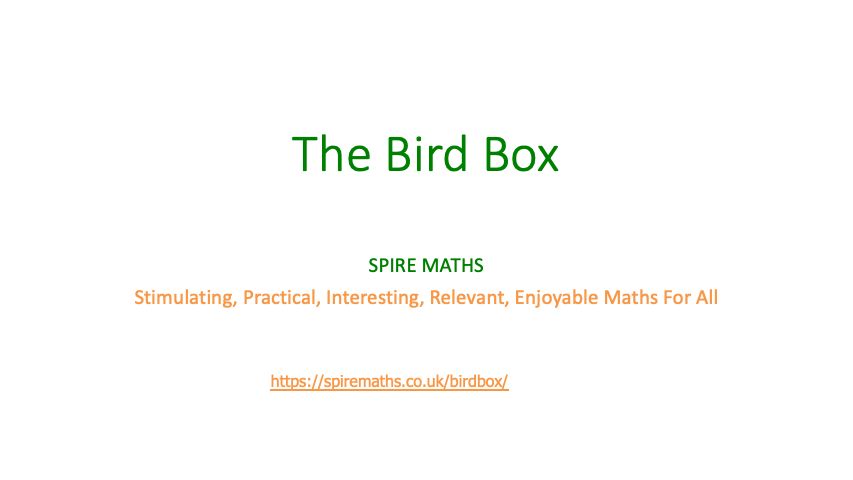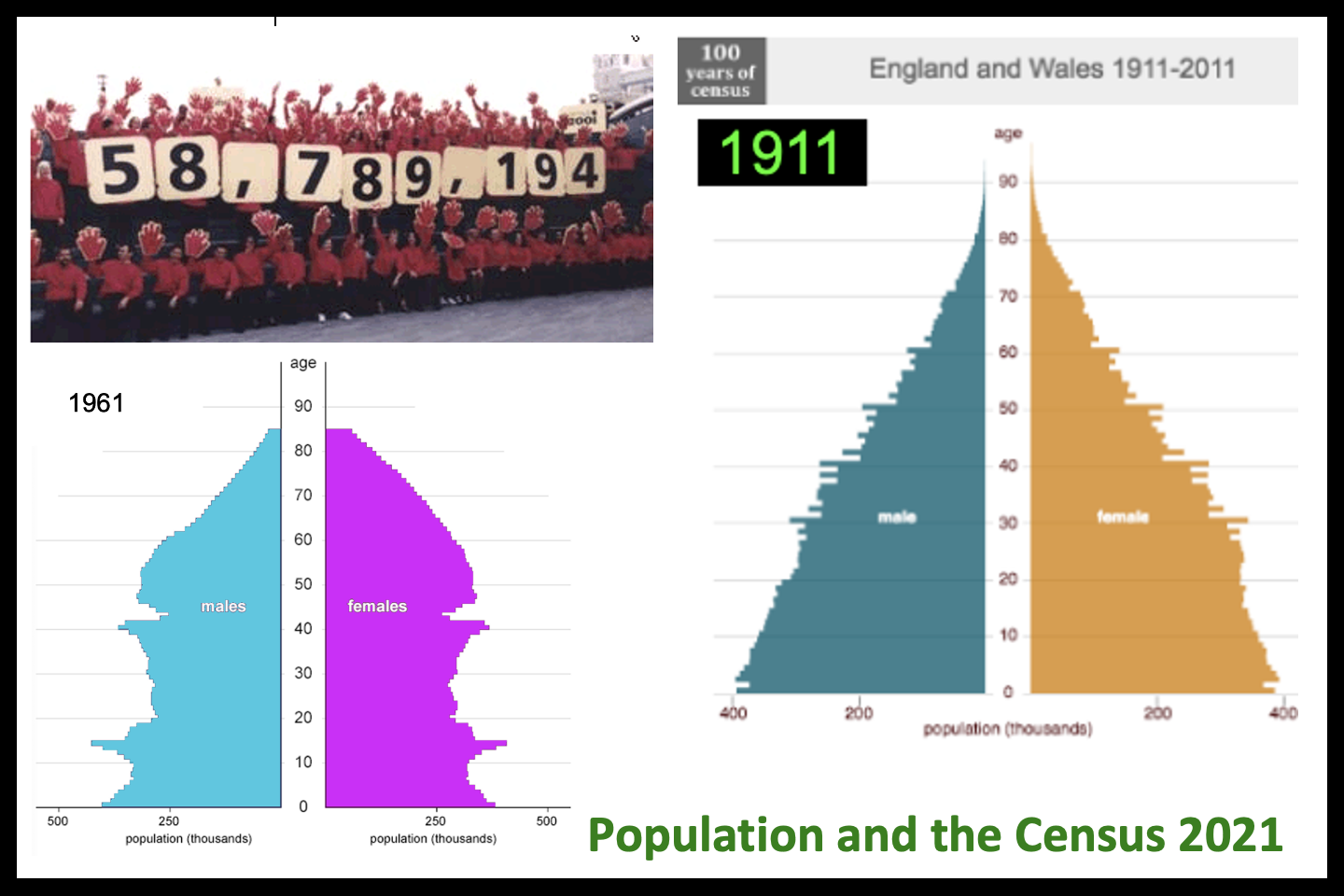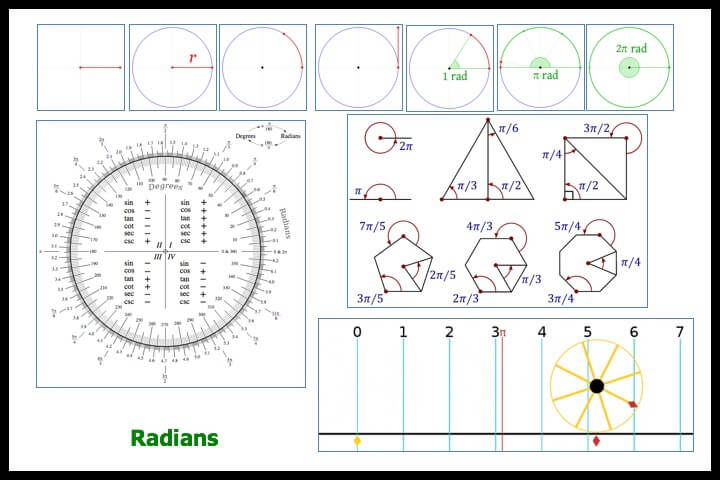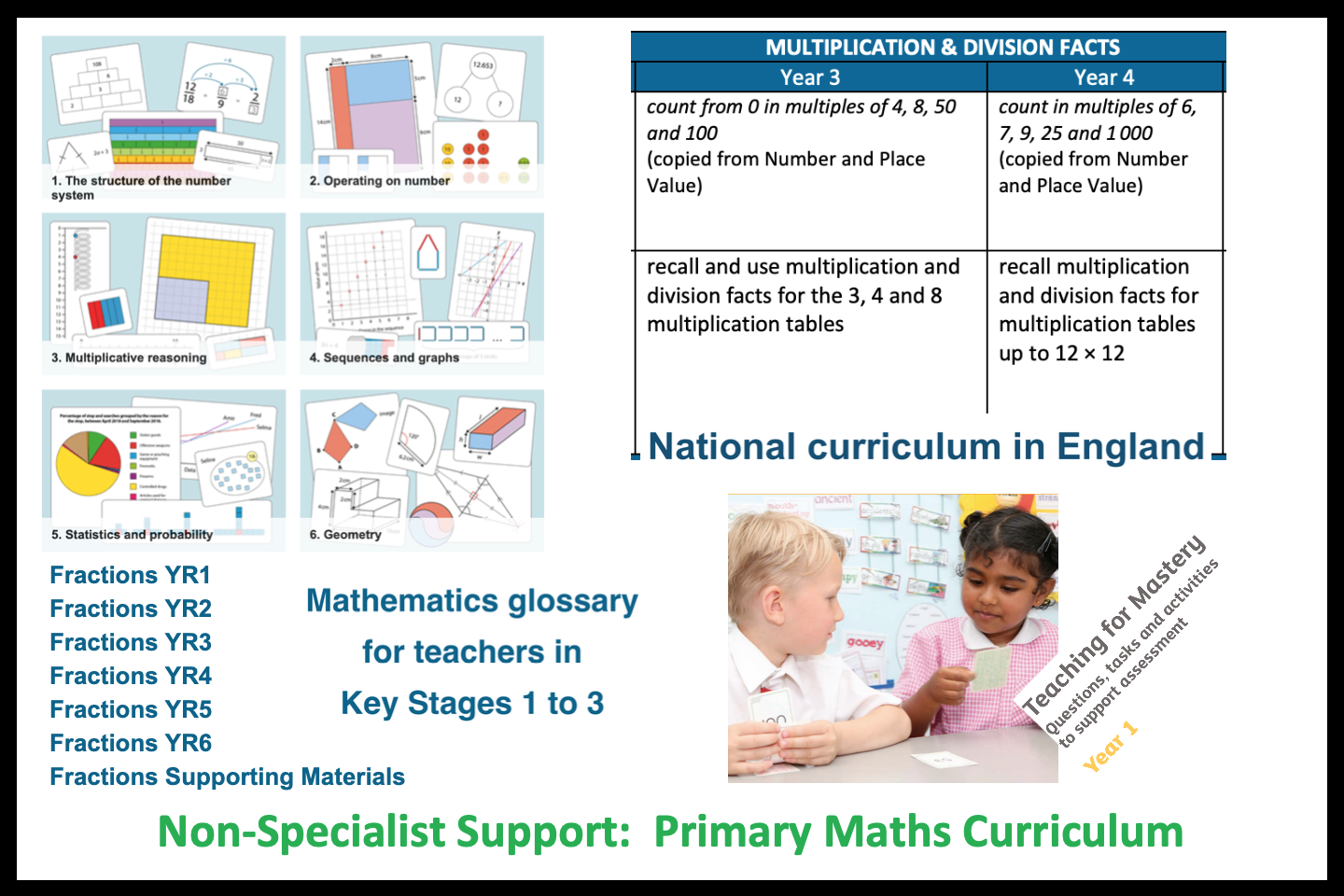
It is essential that you know what mathematics needs to be taught, how best to teach it and how it might have changed since you were at school. KS1 and 2 document and Programmes of Study links to the July 2020 update.
KS1 and 2 document and Programmes of Study (2020 update)
It is important to be aware of the sections Purpose of Study and Aims on page 3. Note ICT, spoken language, school curriculum and Attainment targets on pages 3 and 3. Content is arranged by years (1 to 6) and then by these headings that are subdivided (with Statutory requirements and Notes and guidance that is non-statutory:- Number
- number and place value
- addition and subtraction
- multiplication and division
- fractions (including decimals and percentages in years 5 and 6)
- Ratio and proportion (year 6 only)
- Algebra (year 6 only)
- Measurement
- Geometry
- properties of shapes
- position and direction
- Statistics (year 2 onwards)
Maths Appendix
The two-page Maths Appendix gives examples of formal written methods for addition, subtraction, multiplication and division.
- Number (p7)
- Algebra (p7)
- Ratio, proportion and rates of change (p8)
- Geometry and measures (p8)
- Probability (p9)
- Statistics (p9)
Multiplication Tables Checks (MTC)
Multiplication Tables Checks (state schools) will take place from academic year 2019/20 as the national curriculum specifies that pupils should be taught to recall the multiplication tables up to and including 12 × 12 by the end of year 4. There will be a three-week window to administer the MTC. The MTC assessment framework gives further information.
NCETM and the Maths Programme of Study
The NCETM, National Centre for Excellence in Teaching Mathematics, is a government funded body that contains many essential and useful resources for teaching maths. You have to register to get best use of it. Highly recommended. Things have changed since you learnt maths, these resources below will begin to help you come to terms with this.
- resource tool – shows what is to be taught at KS1 and 2 with exemplifications, teaching ideas and videos for teachers
- glossary – meanings of mathematical words
- progression maps for KS1 and 2 – shows progression across years 1 to 6 for all the subheadings above in word and pdf formats
- mastery: materials are found here including the very useful primary assessment materials
